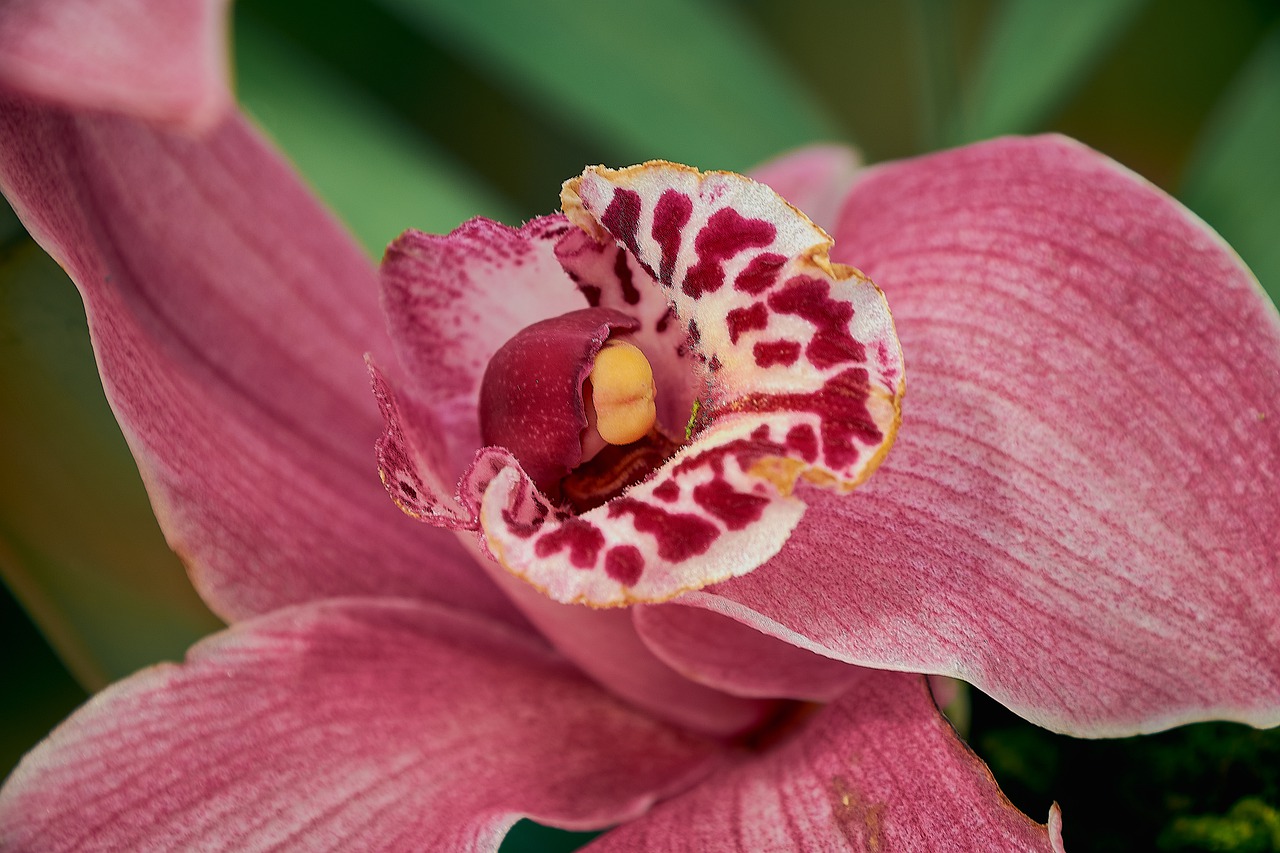
Cymbidium orchid plant care tips
Orchids are known for their elegance and unusual beauty. They are exotic and make excellent gifts for various occasions. If you receive a cymbidium orchid or even if you buy one for yourself, it is important that you know how to care for it. Proper care will ensure that this plant thrives and blooms year after year. While many people consider orchids to be tricky to cultivate, this is not necessarily the case. Here are all the tips you need to remember when caring for your plant.
Selection and transport
When choosing your cymbidium orchid, mae sure that you take a very close look at the plant. It needs to be in perfect health or you will only end up struggling to help it recover. If the plant is damaged or diseased, it may never recover and you will only feel disappointed. Make sure that you handle your new plant with care. When placing it in your vehicle, be sure to secure it properly. You don’t want to expose it to wind or extreme temperatures. In other words, drive with your windows closed and make sure that your air vents near the plant are closed. Yes, you can still use your heater or air conditioner, but you don’t want the air to come into direct contact with the plant. It can cause the orchid to go into shock and subsequently perish.
Unwrapping and watering
When you arrive home, you need to remove the plastic wrapping. While the plastic is good for protecting the plant, it will not have any beneficial effects once you set it in a safe spot. The soil of your orchid needs to be moist but you should take care not to your new cymbidium orchid for the first 10 days. This plant should be watered every 7 to 10 days depending on how much moisture the soil retains. You should also place the plant on a drip tray with pebbles ad water. This will create a higher level of humidity around the plant without affecting the general humidity in your home. Orchids love humid environments so you can also keep a spray bottle handy to spray them every couple of days.
Sunlight
Your cymbidium orchid will enjoy morning and late afternoon sun but you should make sure that it is not exposed to the harsh midday sun. In their natural environment, orchids grow in filtered light which means that they do not receive full sunlight. If you notice that the leaves are light green, your plant is happy. If the leaves get darker, they will need more sunlight so you may need to move it to another spot. You may also find that the location they love in the summer is different from their ideal spot in the winter. It all depends on the amount of sunlight that reaches these windows.
Extra nutrients
Fertilizing can be tricky with any plant. The first rule to remember is that you should only use fertilizer designed for orchids. From February to July, you can treat your cymbidium orchid to a high nitrogen fertilizer. However, from August to January, you should use a low nitrogen fertilizer. Fertilize your plant once a month and follow the instructions on the package for best results.
Temperature
As briefly mentioned above, your orchid will do best in warmer areas of your home. Make sure that you keep it away from colder areas or it will stunt the growth or even kill the plant. If you place your orchid by a window, the plant should not come in direct contact with the window glass since the glass will get very cold in the winter.
Re-potting
From time to time, you will need to re-pot your cymbidium orchid. In general, you should do this every 2 to 3 years. If you notice that your plant is outgrowing its current planter, you can re-pot it. Make sure that you choose a planter that is one or two sizes larger than the current one. If you choose a planter that is too big, it will have a negative effect on the plant. In addition, make sure that you fill the planter with a potting mix designed for orchids.
By following all of these cymbidium orchid care tips, you can be sure that it will grow and bloom for years. You will need to trim back the stems once the plant is no longer in bloom. This encourages plant growth since it will no longer use energy keeping the stem alive. In time, the plant will produce new stems and flowers will bloom.
